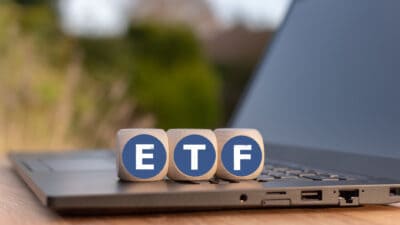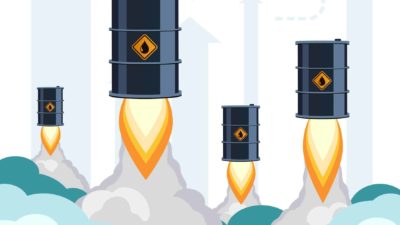Accepting the market return from the S&P/ASX 200 Index (ASX: XJO) rather than trying to beat it can generate substantial wealth for long-term investors. This strategy has become increasingly common in the last decade with the rise of exchange-traded funds (ETFs) on the ASX.
For some, owning a stake in the biggest names on the Australian Securities Exchange via an ETF is regarded as a pillar to achieving their financial goals. For this reason, ETFs are fast becoming a cornerstone in many Australian portfolios.
The simplicity of the investment, its diversification, and relatively low fees are all drawcards for investors. However, would-be passive investors now must choose from multiple offerings as ETF providers tap into the expanding market.
Fortunately, analysts at Morgan Stanley have already compared the most popular ASX 200 ETFs across various factors. The outcome? One Australian index-tracking fund to rule them all.
Which ASX 200 ETF takes the cake?
Three ETFs tracking the pre-eminent Australian index were evaluated by the team at Morgan Stanley:
- SPDR S&P/ASX 200 ETF (ASX: STW) — the first ETF listed in Australia
- iShares Core S&P/ASX 200 ETF (ASX: IOZ), BlackRock's answer for low-cost access to the ASX 200
- BetaShares Australia 200 ETF (ASX: A200) — the new kid on the block
To properly assess the options, Morgan Stanley divided the comparison into six areas: exposure, product structure, risk metrics, fees and liquidity, product profitability, and return performance. Finally, an overall ranking is appended to each ETF.
| Measure | SPDR S&P/ASX 200 ETF (STW) | iShares Core S&P/ASX 200 ETF (IOZ) | BetaShares Australia 200 ETF (A200) |
| Exposure | First | First | Third |
| Product structure | Second | First | Third |
| Risk metrics | Second | Third | First |
| Fees and liquidity | Third | Second | First |
| Product profitability | Third | Second | First |
| Return performance | Third | Second | First |
| Overall | Third | Second | First |
As shown above, the BetaShares option trails behind its more tenured opponents in only two qualities: exposure and product structure.
Regarding exposure, all three ETFs look alike, with Morgan Stanley noting their differences as "negligible". Each offering sports the same top 10 holdings, including the usual ASX 200 suspects: the big four banks, BHP Group Ltd (ASX: BHP), CSL Ltd (ASX: CSL), Macquarie Group Ltd (ASX: MQG), Wesfarmers Ltd (ASX: WES), Goodman Group (ASX: GMG) and Woodside Energy Group Ltd (ASX: WDS).
Based on Morgan Stanley's evaluation, the BetaShares Australia 200 ETF loses out to the iShares option on structure. The latter allows redemptions (the sale of ETF units) to be conducted without liquidating the underlying holdings for cash in the fund, mitigating capital gains tax at a fund level.
However, when it comes to fees, BetaShares is the clear winner. BlackRock's iShares and State Street's SPDR ETFs charge a 0.05% management fee, whereas BetaShares charges 0.04% — the lowest-cost Australian shares index ETF on the ASX.
Let's talk returns
Each of the ASX 200 ETFs assessed by Morgan Stanley tries to replicate the index's performance, so there shouldn't be too much variation. Nevertheless, there are differences between the three.
When the broker conducted its analysis, BetaShares touted the best performance over the past one, two, three, and five-year periods and the highest year-to-date return. Unfortunately, the BetaShares Australia 200 ETF hasn't been around long enough for a 10-year comparison.
According to its website, Morgan Stanley's top ASX 200 ETF pick has returned 7.43% per annum (after fees) for the past five years. Meanwhile, iShares' and SPDR's five-year total returns are 7.17% and 7.19% respectively.









